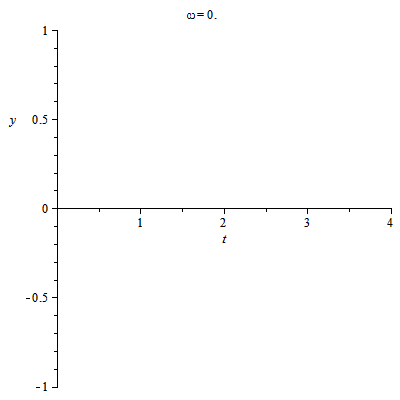Rooms often have natural resonance characteristics that can affect sound quality. Additionally, the varying sound absorption properties of materials and the uneven frequency response of speaker systems can lead to issues where certain frequencies are too loud while others are too weak. To ensure a balanced listening experience, it's essential to adjust the frequency response of the room.
There are two main approaches to balancing a room's acoustics. One is through subjective listening, which requires an experienced ear, familiarity with the audio source, and consideration of factors like volume levels and listener age. This method can be challenging and inconsistent. The other approach involves objective measurements using pink noise and an audio spectrum analyzer, providing more accurate and repeatable results.

1. Equalizer Adjustment Method:
Subwoofer (20Hz–40Hz): Enhances deep bass, suitable for thunder, bass drums, and organs. Too much boost can make the music muddy.
Bass (40Hz–150Hz): Forms the foundation of the sound, contributing up to 70% of total energy. A well-balanced bass should feel full and smooth. Too little makes the sound thin, while too much causes muddiness and reduced clarity.
Mid-Bass (150Hz–500Hz): Important for vocal presence. Insufficient levels can drown the voice in music, while proper boosting adds strength and power. Overboosting may result in a harsh or nasal sound.
Midrange (500Hz–2KHz): Contains the lower harmonics of instruments and is key for snare and percussion clarity. Too much can create a "phone-like" effect, while too little makes the sound dull.
Mid-High (2KHz–5KHz): Adds clarity and definition, especially for strings and cymbals. Too much can mask speech and reduce intelligibility.
Treble (7KHz–8KHz): Influences sound layering. Excessive treble can make high-pitched instruments like piccolos or flutes stand out too much, causing a "hairy" tone.
Extremely High (8KHz–10KHz): Adds air and detail. Too much can sound unnatural and damage high-frequency drivers.

2. Balanced Sound Characteristics:
Below 150Hz (Bass): Should be full, soft, and flexible.
150Hz–500Hz (Mid-Bass): Needs to be thick and powerful without being muddy.
500Hz–5KHz (Mid-High): Should be bright but not harsh.
Above 5KHz (Treble): Needs to be clear, smooth, and not sharp.
When the frequency response is flat, the sound feels natural and balanced. If there are multiple peaks and valleys, the sound becomes rough, harsh, and prone to feedback or whistling.
3. Acoustic Frequency Characteristics:
30–60Hz: Low frequencies are hard to perceive unless loud.
60–100Hz: Produces a heavy, dense sound. At 80Hz, it creates a strong "weight" effect, which can be stimulating but uncomfortable.
100–200Hz: Adds fullness, but excessive levels may cause muddiness.
200–500Hz: Can create a sense of depth, but overemphasis may lead to a "snoring" sound.
500–1KHz: Brightness around 800Hz can make the sound narrow and noisy.
1K–2KHz: Provides clarity and transparency.
2K–4KHz: Can become sharp and tiring.
4K–8KHz: Crisp and clear, but too much can cause fatigue.
8K–16KHz: Adds air and openness, making the sound slender and clean.
The future of equalizers lies in digital technology. Digital equalizers, such as graphic or parametric EQs, offer greater flexibility, precision, and convenience. They can store multiple frequency response curves for different audio sources, with some models supporting up to 99 pre-set configurations. This allows for efficient and consistent sound optimization across various environments and applications.

USB Cabinet Charger,Multi USB Port Charger,Bluetooth headphone charger
shenzhen ns-idae technology co.,ltd , https://www.best-charger.com